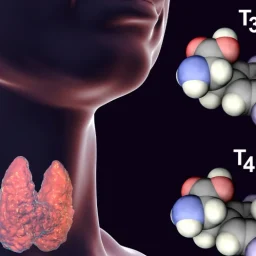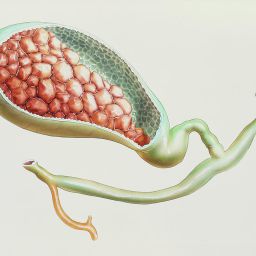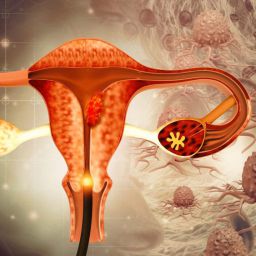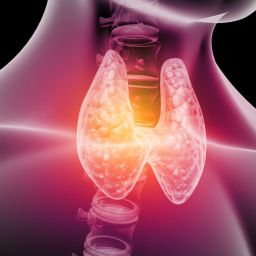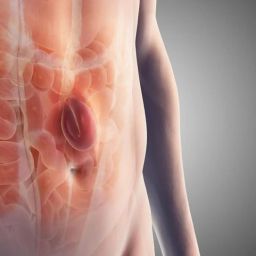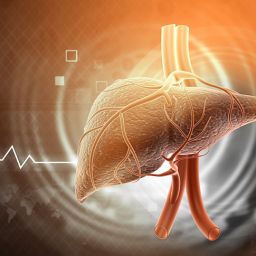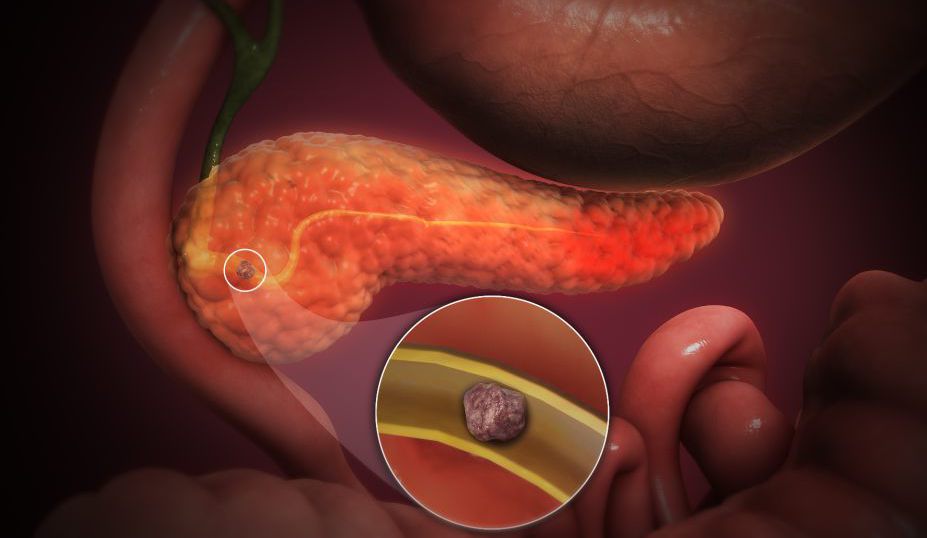
Epidemiology of Pancreatitis: Gender Differences
Research into the gender differences in pancreatitis prevalence and outcomes has yielded mixed results, with some studies suggesting a higher incidence in men, while others show a greater prevalence in women. Epidemiological studies have attempted to identify the underlying reasons for these discrepancies.
Acute Pancreatitis
In the case of acute pancreatitis, data from various studies suggest that men may be more likely to develop the condition than women. A study published in JAMA Surgery in 2018 found that men were more likely to be hospitalized with acute pancreatitis, particularly among individuals with alcohol-related pancreatitis or high-fat diets.
Key Risk Factors for Acute Pancreatitis in Men:
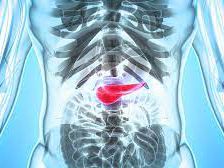
- Alcohol Consumption: Alcohol abuse is a leading cause of acute pancreatitis, and men are more likely to engage in heavy drinking, which may increase their risk.
- Gallstones: While gallstones affect both men and women, men are more likely to experience pancreatitis as a result of obstructed bile flow caused by gallstones.
- Obesity and High Fat Diet: Men tend to have a higher incidence of obesity, which is linked to metabolic syndrome and a higher risk of acute pancreatitis.
However, this pattern is not universal. Some studies have indicated that the prevalence of acute pancreatitis is rising in women, particularly in association with certain lifestyle factors such as diet and smoking.
Chronic Pancreatitis
For chronic pancreatitis, the gender distribution is more complex. Historically, chronic pancreatitis has been more common in men due to the stronger association with alcohol use. However, recent studies indicate that women may be increasingly affected, particularly when the condition is linked to genetic factors, autoimmune diseases, or a history of gallstones.
Key Risk Factors for Chronic Pancreatitis in Women:

- Autoimmune Diseases: Women are more likely to have autoimmune diseases, and autoimmune pancreatitis is more commonly diagnosed in females.
- Gallstones: While gallstones can affect both men and women, women, especially older women, are more likely to develop gallstones, which may lead to pancreatitis.
- Hormonal Factors: Hormonal fluctuations, particularly during pregnancy or menopause, may influence the development of pancreatitis in women. Some studies have indicated a higher incidence of pancreatitis in women after menopause, possibly due to changes in bile composition or increased fat intake.
- Genetic Predisposition: There is evidence that certain genetic factors, including mutations that predispose individuals to pancreatic diseases, may affect women more often. For example, mutations in the PRSS1 gene, which causes hereditary pancreatitis, are sometimes more common in females.
The Role of Gender in Pancreatic Cancer Risk
It is also important to consider the potential link between pancreatitis and pancreatic cancer, which is a more severe consequence of long-standing inflammation. Both men and women who suffer from chronic pancreatitis are at an increased risk of developing pancreatic cancer, though studies suggest that men have a slightly higher risk of this outcome. However, the long-term effects of pancreatitis on cancer risk remain an area of active research.
Why Do Gender Differences Exist in Pancreatitis Prevalence?
Understanding the reasons behind the gender differences in pancreatitis prevalence requires examining a variety of factors, including genetics, lifestyle choices, hormonal influences, and disease pathophysiology.
1. Alcohol Consumption
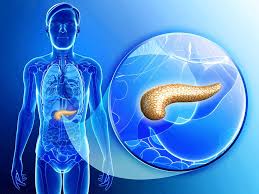
Alcohol consumption is a major risk factor for acute and chronic pancreatitis, and there are significant gender differences in alcohol use patterns. Men are more likely to drink alcohol in larger quantities and over a longer period, which increases their risk of developing alcohol-induced pancreatitis. Women, on the other hand, tend to metabolize alcohol differently due to hormonal and enzymatic differences, which might make them more susceptible to the toxic effects of alcohol at lower levels of consumption.
2. Genetic Factors
Genetic factors play an essential role in the development of pancreatitis, especially chronic pancreatitis. Certain genetic mutations, such as those affecting the cationic trypsinogen gene (PRSS1), are associated with an increased risk of pancreatitis. These mutations may have different effects in men and women, contributing to the differences in disease development. Additionally, some familial forms of pancreatitis may show a stronger association with one gender over another, depending on the inheritance pattern.
3. Hormonal Influences
Hormones have a significant influence on pancreatic function, and this may help explain gender differences in pancreatitis prevalence. For example, women are more likely to develop pancreatitis during pregnancy, particularly in the presence of other risk factors like gallstones. Estrogen, which is prevalent in women, can affect bile acid metabolism, increasing the risk of gallstone formation and, consequently, pancreatitis.
Additionally, postmenopausal women have a higher incidence of pancreatitis compared to premenopausal women, which may be related to hormonal changes that influence pancreatic function and bile composition.
4. Gallstones and Biliary Disease
Gallstones are a common cause of both acute and chronic pancreatitis, and women are more likely to develop gallstones due to hormonal factors, such as pregnancy and oral contraceptive use, which increase estrogen levels. Estrogen can increase cholesterol levels in bile, leading to gallstone formation. Women, especially those over the age of 40, are at greater risk of developing gallstones, which can lead to biliary pancreatitis.
5. Obesity and Metabolic Syndrome
Obesity is a significant risk factor for pancreatitis, particularly for individuals with metabolic syndrome. Research has shown that men are more likely to be obese and suffer from metabolic syndrome, which puts them at an increased risk for developing pancreatitis, especially if they also have high triglyceride levels. However, rising obesity rates in women have led to an increasing incidence of pancreatitis among females as well.
Pancreatitis is a serious condition that affects both men and women, but the epidemiological evidence suggests that gender plays a role in the prevalence, risk factors, and progression of the disease. Men are more likely to develop acute pancreatitis, especially in relation to alcohol consumption and obesity. Women, on the other hand, may be more prone to developing pancreatitis due to autoimmune conditions, gallstones, and hormonal influences, particularly after menopause.
While the gender differences in pancreatitis are clear, ongoing research is necessary to fully understand the underlying mechanisms that contribute to these disparities. As we gain more insight into the relationship between gender and pancreatitis, we can work towards better prevention, diagnosis, and treatment strategies tailored to the unique needs of both men and women.
By understanding the gender-specific risk factors and symptoms associated with pancreatitis, individuals can take proactive steps to manage their health and reduce their risk of developing this serious condition. Whether through lifestyle changes, regular medical checkups, or addressing underlying health issues, prevention remains the key to reducing the impact of pancreatitis on both men and women.


